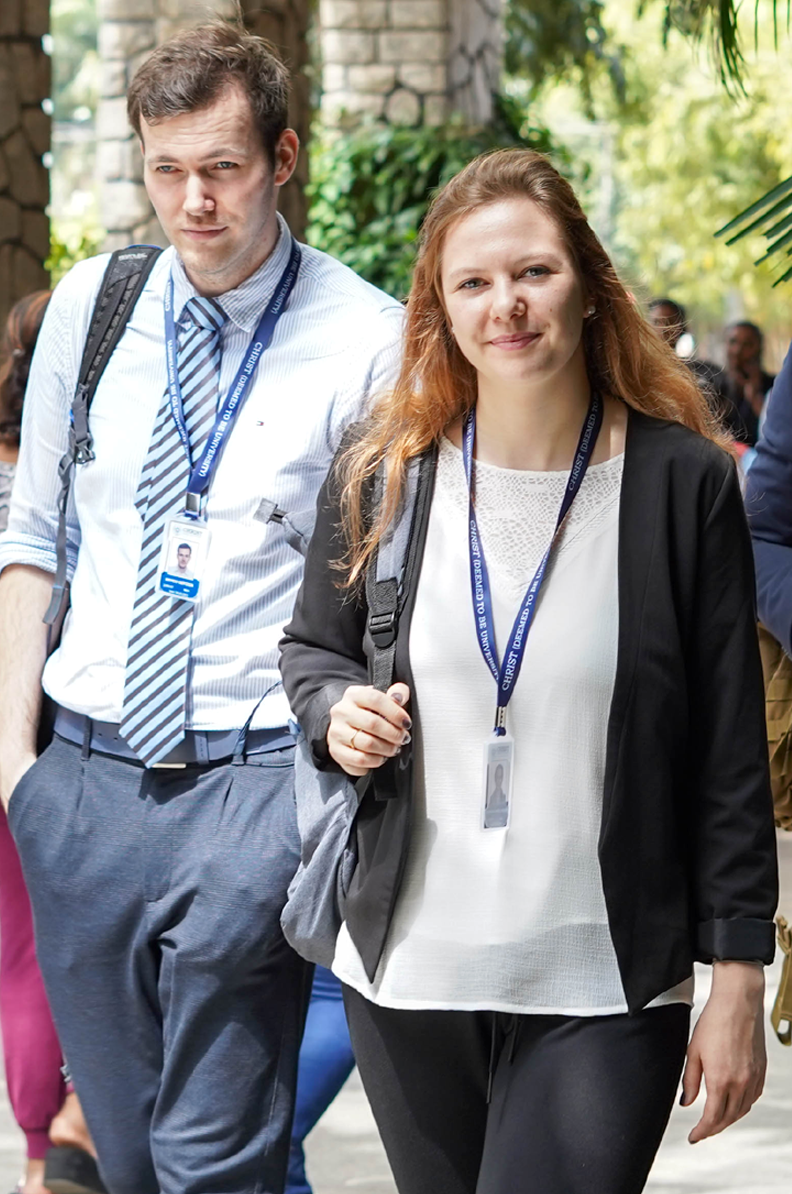Students are welcome to apply under the Non Resident Indian category for the programmes offered by the University. Application process is common for all category of applicants
Students who fall under any of the following classifications can apply under NRI Student category and be liable to pay the fees applicable to the category for the entire duration of the programme
1. NRI defined under the Indian Income Tax Law
2. Either of the parents is outside India (except Nepal) on Work Permit / Resident Permit.
3. Indian citizen financed by any Institution / agency outside India, even if parents are Residents of India.
4. Indian Citizen who has pursued studies for qualifying examination in any foreign / Indian syllabus outside India..
5. NRI fee is applicable for the full duration of the programme for candidates who;
5.1. Have pursued and completed their last qualifying exam from outside India.
5.2. Are NRI and candidates who have applied under NRI category
.png)
Admission to all programmes is based on academic achievement and CHRIST (Deemed to be University) Selection Process. Candidates should submit the final results of class 12 on or before August 30th of the admission year.
Applicants must read through the Selection process, Fee Structure and other details under the preferred programme given on our website before proceeding with the application process.
NRI SELECTION PROCESS VENUE FOR 2025












.png)